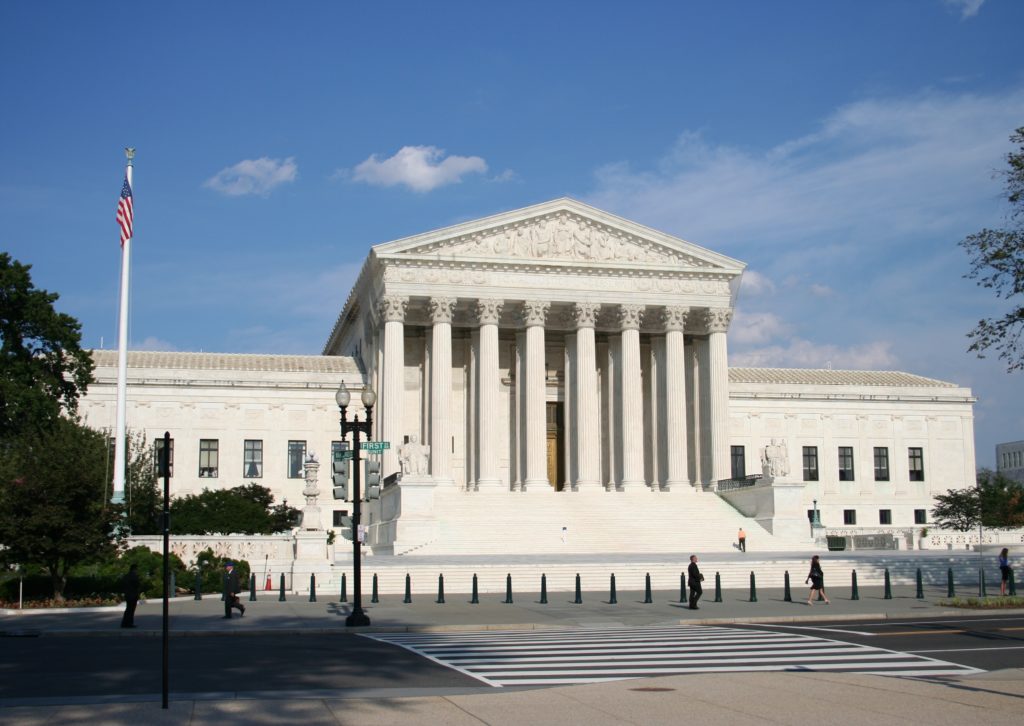
If you’ve read the news at all this week, you’ll know that in addition to earthquakes in Japan, Donald Trump aiming to sweep the state of New York, Hillary Clinton and Bernie Sanders throwing verbal barbs at one another, and Justin Trudeau explaining quantum computing to an enthusiastic crowd, there’s one topic that a lot of people are talking about: the split in the US Supreme Court surrounding Obama’s controversial decision to provide temporary protection from deportation for some 4 million undocumented immigrants.
Immigration is certainly at the forefront of the US Presidential election, in fact in many ways the differences between Republicans and Democrats can be summed up in how each party views the issue of illegals. For Republicans Donald Trump and Ted Cruz, illegal immigrants must go. Whether by building a wall or rounding them up and shipping them back across the border, the Republican campaign is largely built on Making America Great Again by focusing on American and not foreign workers.
Democrats, conversely, are of one mind on immigration: they want to retain the immigrants. Clinton has publicly said that she will “…stand up against any effort to deport dreamers. Immigrants are vital to our economy.” This is well in line with Justin Trudeau’s efforts to increase the number of immigrants in Canada beyond 25,000 in 2016.
Obama’s plan to provide a temporary hold on deportation comes as welcome news to millions of migrant workers, but for Republicans, it circumvents the ‘checks and balances’ system of government that ensures that no US politician has too much power. The seeds of a stalemate were sown in February 2015, when the state of Texas challenged Obama’s plan to bring in the plan by executive decision rather than going through Congress. Soon, 25 other states jumped on board, and by November the Supreme Court had upheld the challenge. Today, the eight member court finds itself in a 4-4 split regarding the Constitutionality of the plan. And with the death of Justice Antonin Scalia in February, a 4-4 deadlock is exactly a decision that a nine member court is designed to avoid.
Here in Canada, the situation doesn’t particularly affect us. But it does say something about how immigrants are viewed in the two countries. Francis Ng, veteran immigration consultant and instructor at Ashton College says that “by and large, Canadians don’t really look down on immigrants. Still, they can have a hard time finding employment here when their credentials don’t transfer.” This is say that even though Canada and America are nations built on immigrants (they still make up a large percentage of the labour force in both countries), they are often viewed in different lights. And while the US Supreme Court might like to portray the issue as one of pure political or ideological differences, it goes much deeper than that. Donald Verilli, Solicitor General of the United States, said that Obama’s plan to provide temporary protection to some 4 million immigrants “does not provide [these] individuals with any lawful status under [current] immigration laws”, but it does “provide some measure of dignity and decent treatment.” That said, Virelli said that there are statutory constraints that would prevent the President from following through on his promise. So far, this seems to be the case. But time will tell.